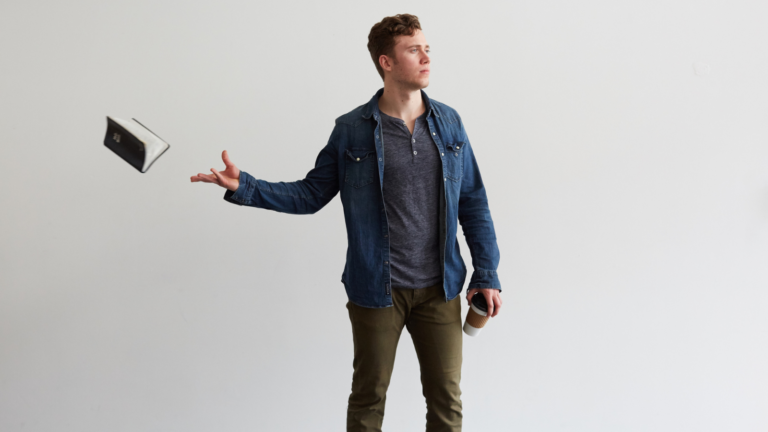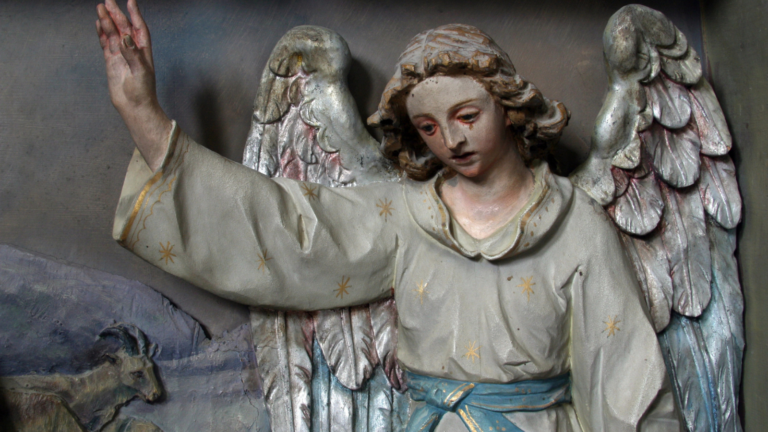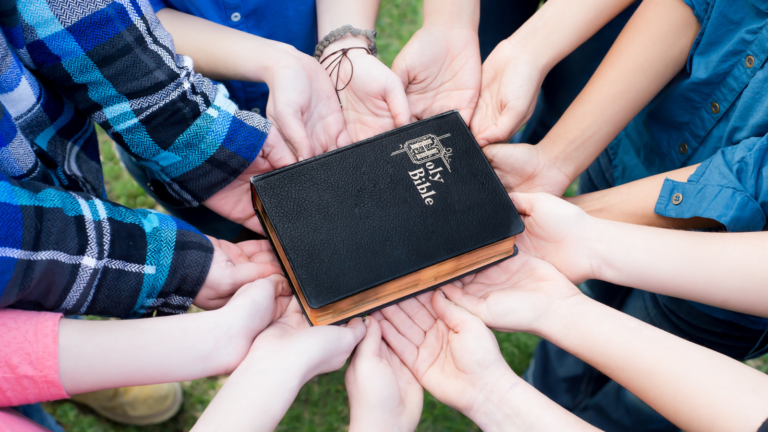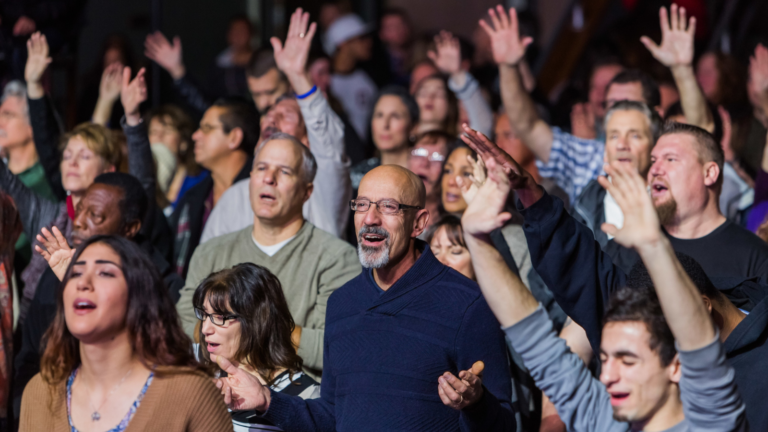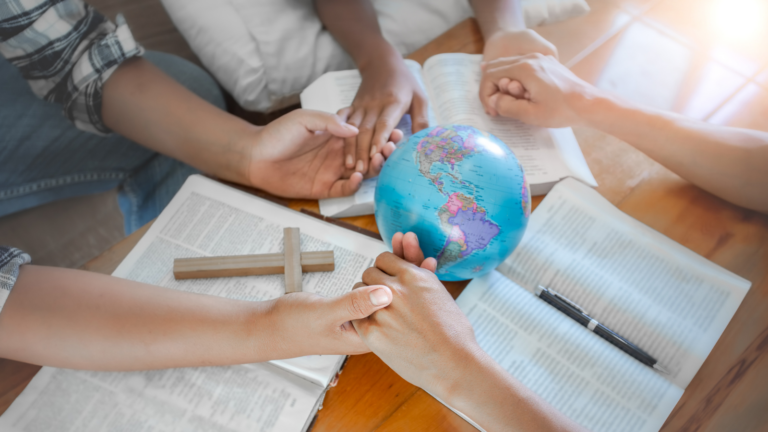Survey Results Show Seattle, San Francisco Among Least Religious U.S. Cities
Just 12% of people in San Francisco attend religious services once per month, surveyors for the U.S. Census Bureau’s new Household Pulse Survey recently discovered.
Seattle residents are only slightly more religious; 16% of people in the city claim to attend church monthly. In both metropolitan areas, 70% of people admit to attending religious services less than once per year.
Seattle native Mary Demuth isn’t surprised her hometown is now among the least religious in the country. She compares the city to Western Europe, “which has increasingly become more secular,” she said. “The atmosphere of the Pacific Northwest is similar.”
“I am grateful, though, that I became a Christian in Seattle,” the author and literary agent continued, “because I had to decide if I meant that decision. There certainly was no social pressure to become or remain a Christian.”
Houston, Dallas, Atlanta, and an Outlier in California Vie for Most Religious U.S. Cities
Surveyors found that three of the four most religious cities are in the South: 24% of Atlanta residents attend church monthly while 23% of Houston residents and 28% of Dallas residents do the same.
Kira Armstrong, an Atlanta mother of two, sees a lot of evidence for her city being religious. “We’re at church twice a week regularly and (for) special events,” she said. “I know a lot of people that have a church home.”
However, in the past five years, Armstrong has observed church becoming optional for more people. “Sports team schedules and online church options have contributed in a big way.”
Religious People React Differently to Survey Results
While some, like Armstrong, are disappointed to see religious participation starting to wane, others appreciate this change.
“As a California native, I feel that the shift…reflects the openness of perspectives that define my home state,” Sri Hatharasinghe-Gerschler said. “Personally, as a Buddhist, I believe in the importance of respecting and understanding different religious backgrounds while prioritizing kindness and mutual respect,” said the teacher and educational advocate.
Hatharasinghe-Gerschler grew up in the San Fernando Valley, outside Los Angeles–a city where only 18% of people attend church monthly.
In contrast to San Francisco and Los Angeles, at 29%, Riverside, California stood out as the metropolitan area with the highest percentage of residents who attend church monthly.
In fact, Riverside beat out every other major U.S. city for the most religious attendance.
Religious Data In U.S. Mostly Unknown Until Recent Survey
The survey findings reveal a part of American culture with many unknowns up until now. In 1976, Congress passed a law forbidding the Census Bureau from asking questions about religious beliefs.
But the new Household Pulse Survey did just that.
In addition to measuring the frequency of religious attendance, those conducting the survey broke down the percentages by respondents’ educational level, household income, age, and race.
Ryan Burge, author of 20 Myths about Religion and Politics in America and blogger behind Graphs About Religion, has put together in-depth graphs on this data on his website.
Survey Findings Limited
Ultimately, the Household Pulse Survey’s findings are limited and leave many unknowns for a topic as subjective as religion. It didn’t measure weekly religious attendance, nor did it account for those who consider themselves to be religious but seek God at home instead of in an organized community.
The survey also didn’t distinguish between those who read the Bible even when choosing to not participate in church.
“Although I still consider myself religious and believe in God the Father, the Son, and the Holy Spirit, I do not believe in the Catholic Church,” said Monica Zillen, a physician and mom of two who grew up in Seattle. “Many of my friends out of the Catholic school feel the same way. They also grew up in Catholic households but became more ‘spiritual’ and lean more toward non-denominational churches. A lot don’t go to church at all but still believe in God.”
Zillen has had a hard time reconciling the abuse she observed from religious leaders in her church and the parochial schools of her childhood with the God in which she still believes.
This double standard many have observed is not isolated to one religion or denomination, however.
Now a resident of Dallas, Seattle native Demuth, who has considered herself a Christian since she was a teenager, is frustrated about the “social pressure to appear religious” in Texas. “It becomes more difficult to discern who is religious because of that pressure or if there is definite interest. I see a lot of hypocrisy in the South.”
Despite having distanced herself from Catholicism, Zillen misses aspects of her childhood religion. “I find it hard to go to other churches,” she said. “I miss the tradition and ritual a Sunday Catholic mass offers.”

